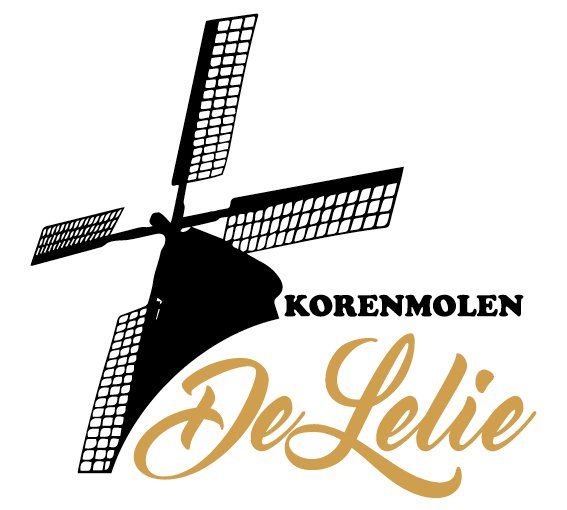The Beginning:
The first mills in the Netherlands date back to 1200. There have been millers since then. From the early fifteenth century, millers of flour mills were essential for the food supply in a village. The miller grind grain into flour, which provided the inhabitants with bread. Almost every village in the Netherlands had at least 1 mill and therefore also a miller. The miller was often not the owner of the mill. Usually this was a nobleman or someone from the local city council.
Dutch millers' heyday
In the Golden Age (1600-1700), windmills sprang up like mushrooms. Not only flour mills, but also polder mills became increasingly common. These mills emptied polders due to a shortage of agricultural land. From the first half of the sixteenth century, various polders were created, including the Beemster, the Purmer and the Schermer. Because the number of mills increased from the seventeenth century, there was an increasing need for millers. In the second half of the nineteenth century, the Netherlands had more than 9,000 windmills.
The miller from the twentieth century
Many millers disappeared in the twentieth century. The arrival of the steam engine and electric motors, among other things, meant that mills were needed less often to grind grain or pump water. Nowadays, the lion's share of millers perform their work voluntarily. The Voluntary Millers and the Artisan Grain Millers Guild still maintain the profession. There people can train to become millers. The miller's craft is now on the National Inventory of Intangible Heritage and on the UNESCO World Heritage List






